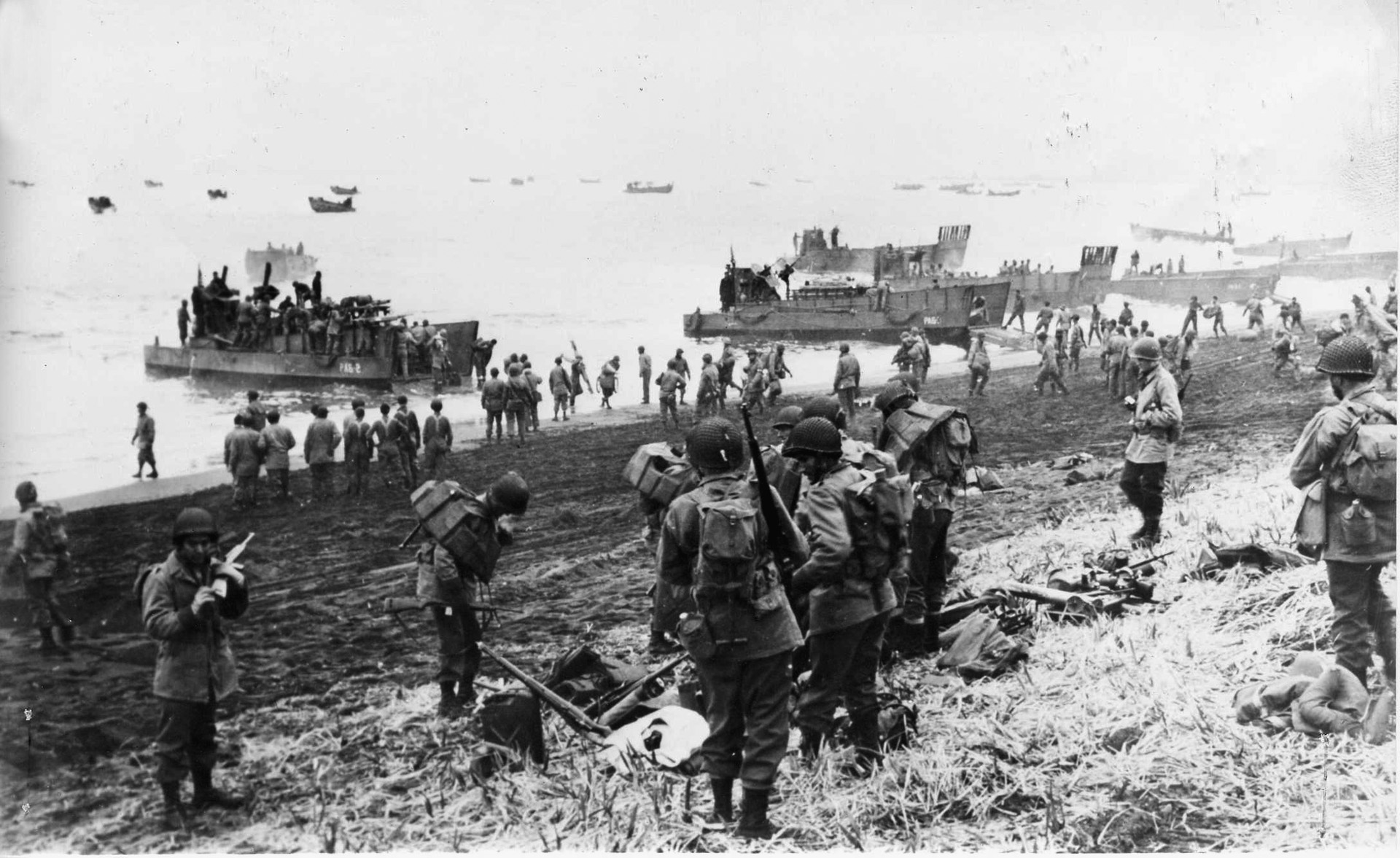World War II darkened the world from 1939 to 1945, with numerous large-scale battles such as Stalingrad and Normandy. Several lesser-known battles also played critical roles in shaping the Allied victory, despite being less prominent in the stories often told of that time. Below are four such battles that, while not as famous, were pivotal in the Allies' eventual triumph.
Battle of Milne Bay
August 25 - September 7, 1942
The Battle of Milne Bay, fought on the eastern tip of New Guinea, marked the first time Allied forces repelled a Japanese amphibious invasion. Australian and American troops, supported by coordinated air and naval firepower, successfully defended their positions against a seasoned Japanese marine unit. The victory at Milne Bay was a significant morale booster for Allied forces and marked a turning point in the Pacific War, demonstrating that Japanese advances could be checked, which had profound strategic implications for future operations in the Pacific.
These battles, though less renowned, underscore the complexities and the scale of World War II. Each played a unique role in weakening Axis powers, disrupting their strategies, and hastening an Allied victory. Remembering these battles provides a fuller understanding of the sacrifices made and the strategic intricacies involved in one of history's most profound conflicts and brings to the fore those whom history may not have given their due.

Battle of Monte Cassino
January 17 - May 18, 1944
Often overshadowed by the Normandy landings, the Battle of Monte Cassino was a series of four brutal assaults by the Allies against the Winter Line in Italy, held by Axis forces, with the objective of breaking through to Rome. The central focus of these operations was the ancient Benedictine Abbey of Monte Cassino, believed to be a German lookout point. The battle involved troops from Britain, the United States, Poland, Canada, France, New Zealand, and India, reflecting the international effort of the war, and the fighting was fierce, with conditions worsened by cold and muddy winter weather, and the destruction of the historic abbey, (later found to be unnecessary as the Germans had not initially occupied it), became a symbol of the intense and costly combat of the Italian Campaign. Rome was eventually captured, a significant Allied victory which marked the beginning of the end of the war in Italy. The prolonged battle demonstrated the resilience and determination of Allied forces and significantly depleted German resources.

Battle of the Philippine Sea
June 19 - 20, 1944
Dubbed the "Great Marianas Turkey Shoot" by American pilots, the Battle of the Philippine Sea was a decisive naval battle that resulted in the virtual elimination of the Japanese carrier air force and was crucial in securing the American advance towards Japan. U.S. naval and air forces, using superior tactics and technology, including newly invented radar systems, intercepted and decimated the attacking Japanese aircraft. The loss of Japanese planes was so great that it effectively removed the Imperial Japanese Navy's ability to conduct large-scale carrier actions. This battle not only ensured the safety of the American forces landing on the Marianas Islands but also paved the way for further Allied advances towards Japan, culminating in the eventual surrender of Japanese forces in 1945.

Battle of Arracourt
September 18 - 29, 1944
The Battle of Arracourt was one of the largest tank battles involving U.S. forces during World War II. It took place in northeastern France in the Lorraine region, where U.S. armored units clashed with German Panzer brigades. Despite being outnumbered and facing the newer German Panzer tanks, American forces used superior tactics and air support to inflict heavy losses on the German armored divisions. The victory at Arracourt delayed German counteroffensive plans in the west and maintained the momentum of the U.S. Third Army's advance through France.



%201.svg)



.jpg)





